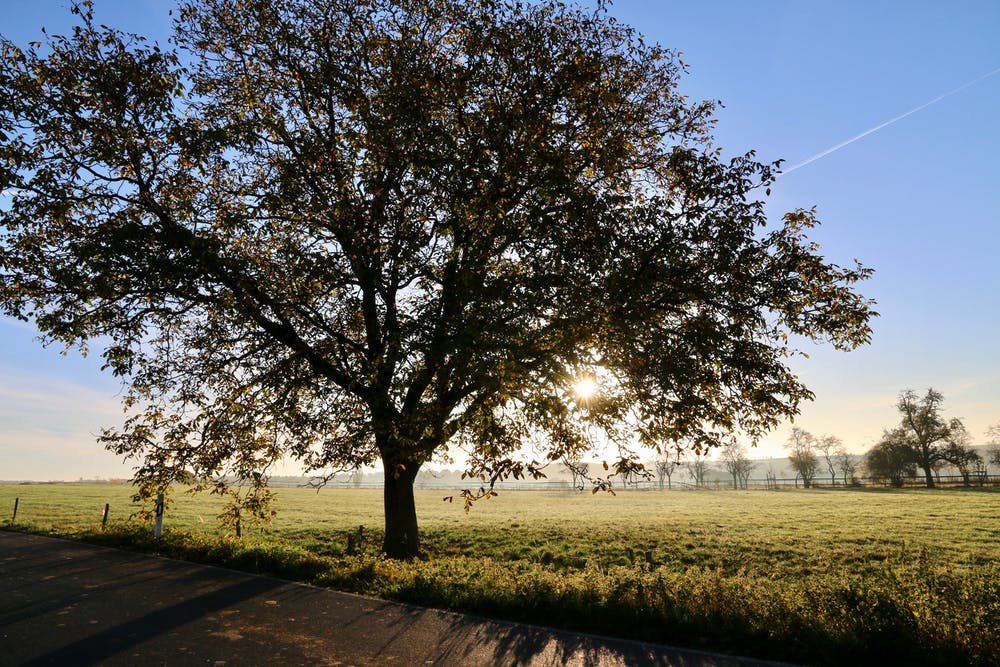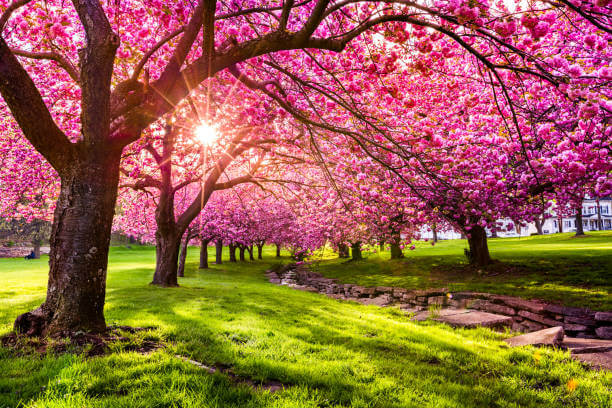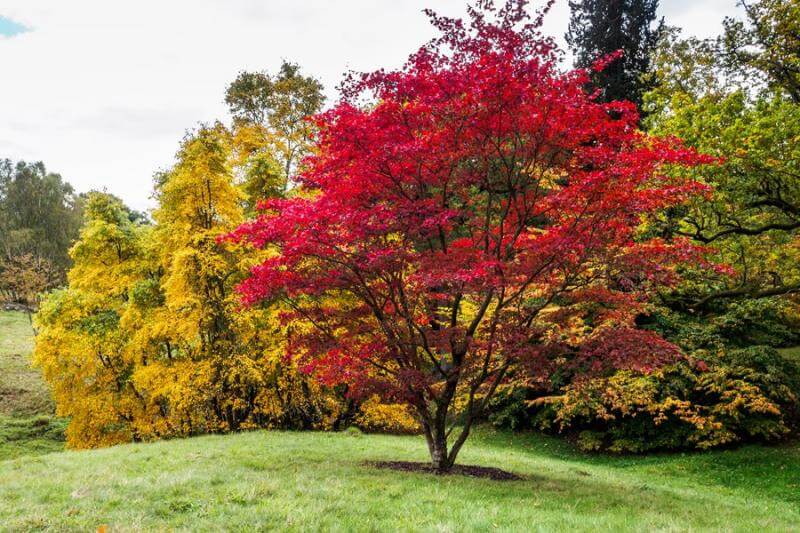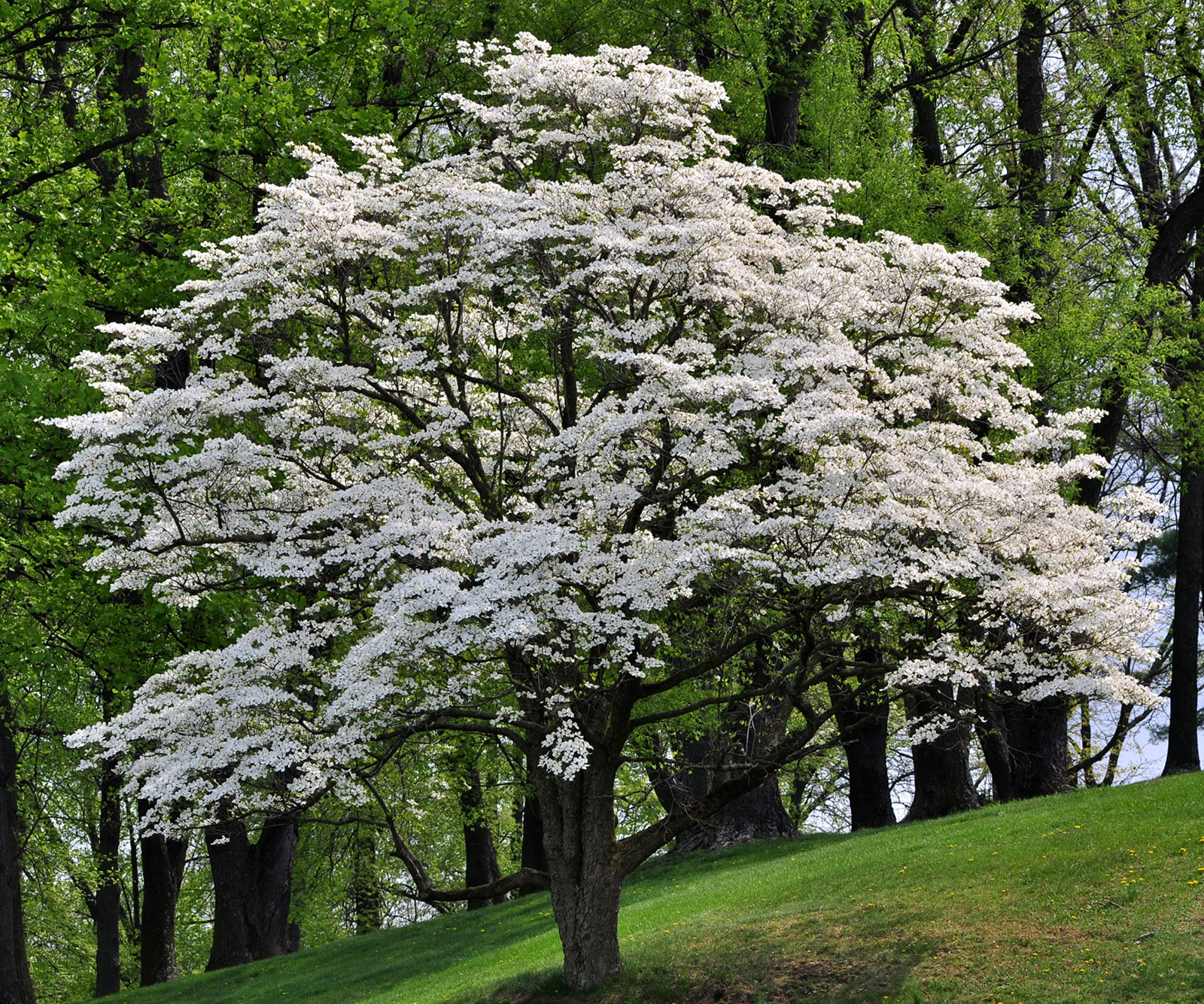Trees have long held a special place in the hearts and minds of cultures around the world, revered not just for their ecological importance but also for their profound symbolic meanings.
These symbolic trees, rooted deeply in various traditions and folklore, are much more than mere elements of the natural landscape.
They are powerful symbols that embody deep-seated beliefs, values, and histories.
In this exploration of six prominent symbolic trees, we delve into the rich tapestry of meanings and interesting facts that these majestic living entities hold.
Each tree, unique in its symbolism, weaves a story that stretches from ancient mythologies to modern-day interpretations, reflecting the changing perceptions and enduring significance of nature’s magnificent creations.
As we unravel the symbolism and fascinating facts about these trees, we gain a deeper appreciation for their roles in our lives, both as essential components of our natural environment and as carriers of timeless wisdom and cultural heritage.
1. Oak Tree

Oak trees, revered as powerful and symbolic trees, embody strength, resilience, and longevity, often living for centuries.
Their robust nature and impressive canopies make them symbols of courage and power.
In various cultures, oaks are believed to house spirits, and their wood is thought to bring good luck if harvested respectfully.
They are associated with wisdom and honor due to their steady growth and long lifespan.
Ancient European cultures regarded oaks as the kings of the forest, while in other traditions, they are seen as spiritual guardians, providing solace and comfort.
Their healing properties were recognized by Native Americans, who used oak bark to treat ailments like frostbite and headaches.
Overall, oak trees symbolize survival, good health, and moral strength, making them a centerpiece in many sacred sites.
2. Wisteria Tree

The Wisteria tree, a symbolically significant tree, is famed for its longevity, beauty, and enchanting fragrance.
Some wisterias, particularly in Japan, are known to live for over a millennium, exemplifying the tree’s symbolism of immortality.
These trees have been cultivated for centuries in East Asian countries for their aesthetic and symbolic value.
Wisteria’s impressive growth and cascading blooms make it a symbol of grace and endurance.
In Feng Shui, wisteria is seen as a source of inspiration during challenging times, and in Buddhism, it represents prayer and spiritual growth.
Its enduring nature and captivating presence have made it a symbol of lasting beauty and resilience.
3. Cherry Tree

Cherry trees, as symbolic trees, are celebrated for their ephemeral beauty and representation of life’s transient nature.
Their blossoms, which bloom in spring, symbolize renewal and the fleeting nature of existence.
In Japan, where they are known as “sakura,” cherry blossoms are the focus of the Hanami festival, a time of joy and reflection.
Historically, cherry trees symbolized the Samurai’s awareness of life’s brevity, a theme that persisted through to World War II.
In various Asian cultures, cherry trees are associated with the divine, believed to hold an elixir of immortality.
Native American traditions link cherry trees to compassion and expressive strength.
They also signify mindfulness, happiness, and spiritual awakening, with their health benefits mirrored in the symbolic meanings of cherries themselves.
4. Birch

The Birch tree, a symbolically significant and elegant tree, is known for its striking white bark and resilience in harsh environments.
Its ability to grow where other trees cannot symbolizes hope and new beginnings.
Birch trees are sacred in Celtic mythology, representing protection and purification.
They are among the first to grow new leaves in spring, embodying the spirit of renewal.
In Chinese culture, birch trees are symbols of protection and rejuvenation.
Native Americans hold the birch in high regard for its truthfulness and use its bark for crafting items like baskets and shoes.
The wood of the birch tree is also used in making cradles, reflecting its association with protection and purity.
5. Maple

Maple trees, known as Acer, are symbolic trees that represent balance, promise, and intelligence.
Their adaptability to diverse climates and soils highlights their symbolism of versatility and resilience.
Native Americans highly valued maple trees for their sap, which was a crucial food source.
Maples are also symbols of success and prosperity.
The Japanese maple, in particular, is renowned for its stunning appearance and star-shaped leaves, symbolizing peace and blessings.
In Japanese culture, the fall season is marked by a tradition of visiting mountains to witness the maple leaves turning a brilliant crimson, signifying beauty and transformation.
6. Dogwood

Dogwood trees are popular symbolic trees known for their beauty and resilience.
They symbolize safety, loyalty, and stability, and are revered in Native American culture for bringing good luck.
The delicate flowers and tough wood of the dogwood illustrate a balance of gentleness and strength.
In Christian symbolism, dogwoods are associated with Easter and renewal, stemming from the legend that their wood was used for the cross of Jesus.
This association has made the dogwood a symbol of rebirth and new beginnings.
Their enduring nature and graceful appearance make them a cherished addition to landscapes and gardens, representing wishes and protection.
Conclusion
In conclusion, these six symbolic trees – the Oak, Wisteria, Cherry, Birch, Maple, and Dogwood – each hold a special place in the tapestry of cultural and natural symbolism.
They are not just plants that grow and thrive in our environment, but living emblems that carry with them a wealth of meanings, stories, and traditions.
From the Oak’s representation of strength and longevity to the Dogwood’s symbol of renewal and resilience, these trees embody qualities that resonate deeply with human experiences and values.
They remind us of the interconnectedness of life, the cyclical nature of existence, and the profound wisdom that nature imparts.
As we continue to learn from and live alongside these symbolic trees, they serve as constant reminders of the beauty, complexity, and enduring power of the natural world.
Their presence enriches our landscapes and our lives, offering lessons of endurance, adaptability, and the sacredness of life in all its forms.

